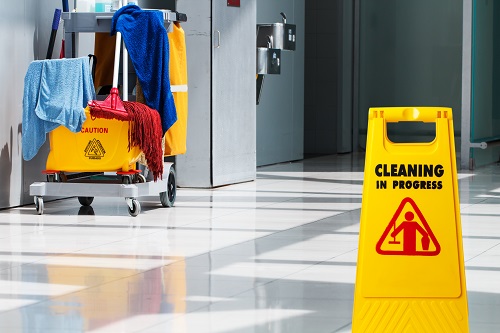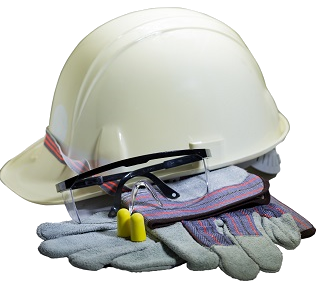The Occupational Safety and Health Administration sets standards to prevent workplace accidents and issues citations to enforce these standards. While most business owners are aware of the top 10 most frequent OSHA safety violations, there are some obscure and overlooked citations that can cost your business a lot of money and productivity.
 These odd OSHA citations include:
These odd OSHA citations include:
TC Risk Management provides safety audit evaluations to catch these unusual problems before they get you in trouble with OSHA or endanger your employees.
Many safety managers are unaware how sanitation and hygiene fall under their domain. Yet keeping a workplace clean can prevent the spread of disease amongst workers. The last thing you want is an entire factory floor out with the flu!
Sanitation covers workplace toilet facilities, garbage removal, and the handling of toxic materials. Safety supervisors should set up a plan with custodial and janitorial staff to ensure bathrooms are kept dry and garbage cans are regularly emptied. Equipment should be sanitized between shifts to reduce the spread of germs.
Loud machinery and vehicles can quickly take a toll on your workers’ hearing. OSHA estimates business owners spend over $1.5 annually on noise level citations. Millions more is spent on hearing loss workers compensation payouts.
Noise violations are a two-sided problem: workers need to be supplied with adequate hearing protection and company owners should try to minimize dangerous noise levels during workplace operations.
The air you breath needs to be clean. Many manufacturing plants create dust, fumes, and other airborne particles as a byproduct of production. If the ventilation system does not work properly, workers can be exposed to these contaminants all throughout their shift.
Any worksite without clean air will need to provide respiratory protection, either through air scrubbing or PPE. TC Risk Management can test the air during a safety hazard audit.
 Personal Protective Equipment (PPE) Violations
Personal Protective Equipment (PPE) ViolationsHardhats, gloves, and aprons are all types of personal protective equipment required by certain industries. The PPE your workers use is not optional. However, every year there are countless violations from workers who think they don’t need a hardhat for a quick task.
Other industries require more PPE. Electrical workers need to use materials that limit their exposure to electricity. Learn more about the PPE requirements of electrical training.
Hazard communication refers specifically to the labeling of chemicals and other hazardous materials at your jobsite. Safety data sheets should be accessible to all employees and updated.
TC Risk Management handles all your safety training, from the most common OSHA violations to the most unusual.